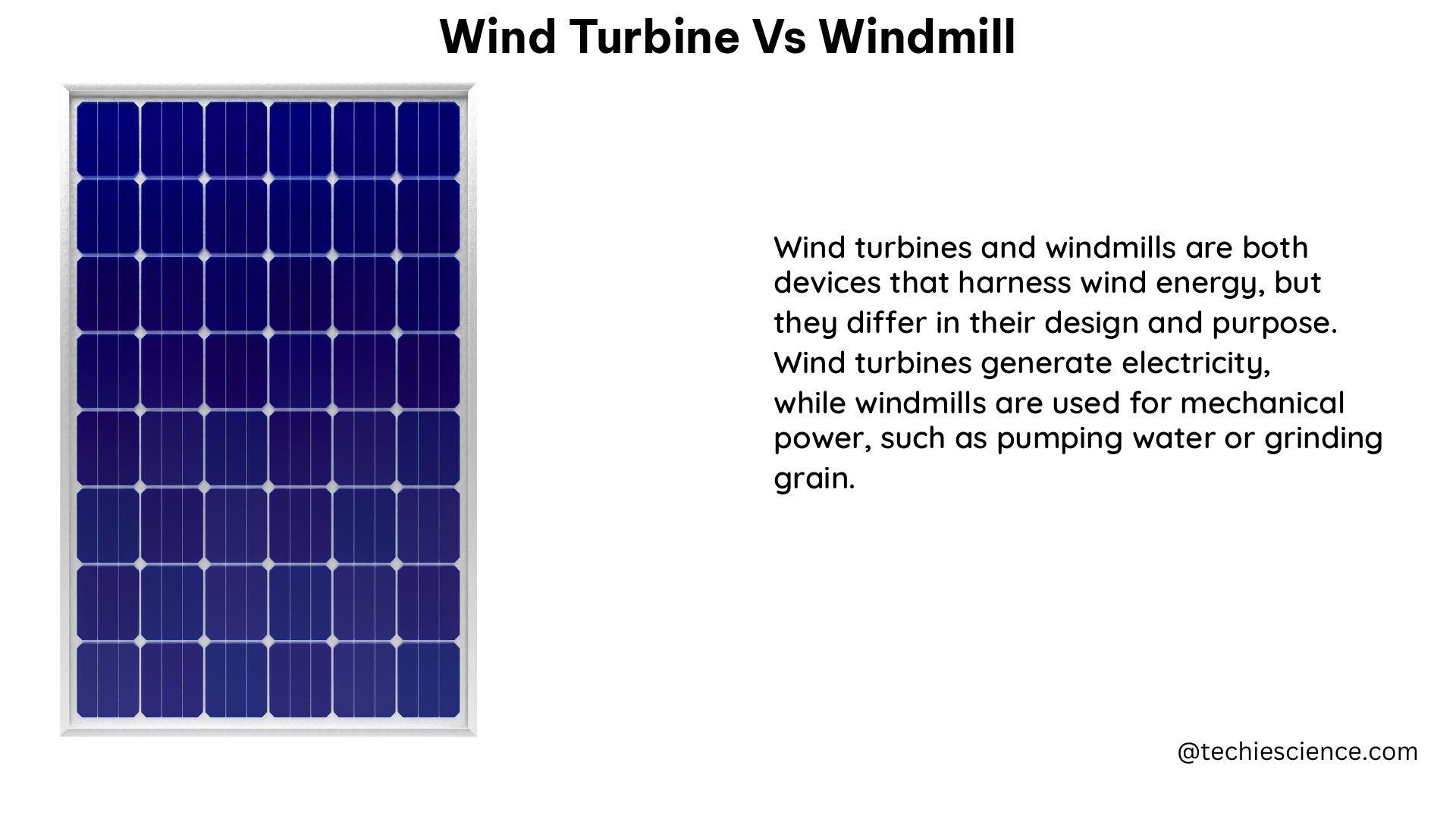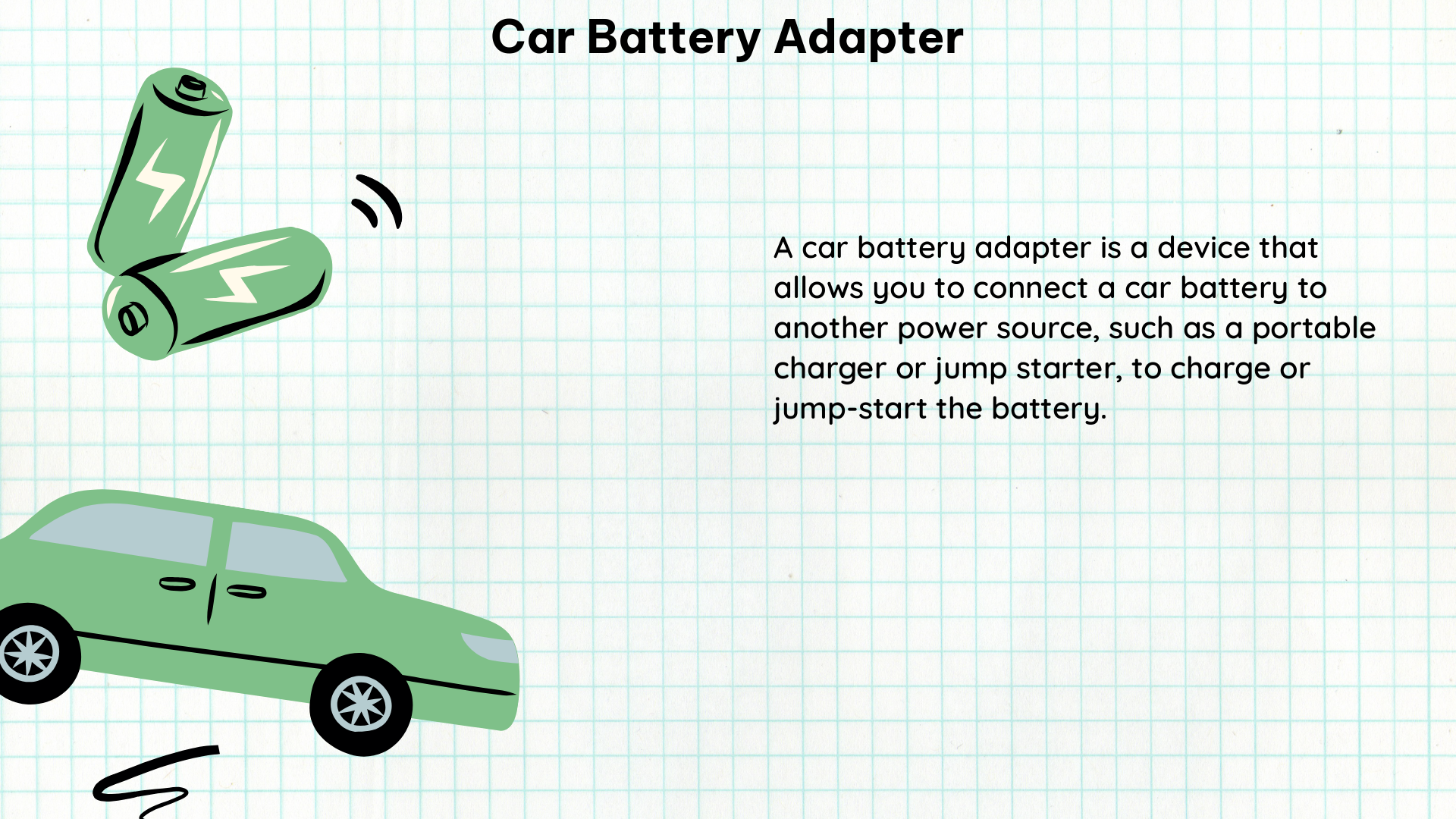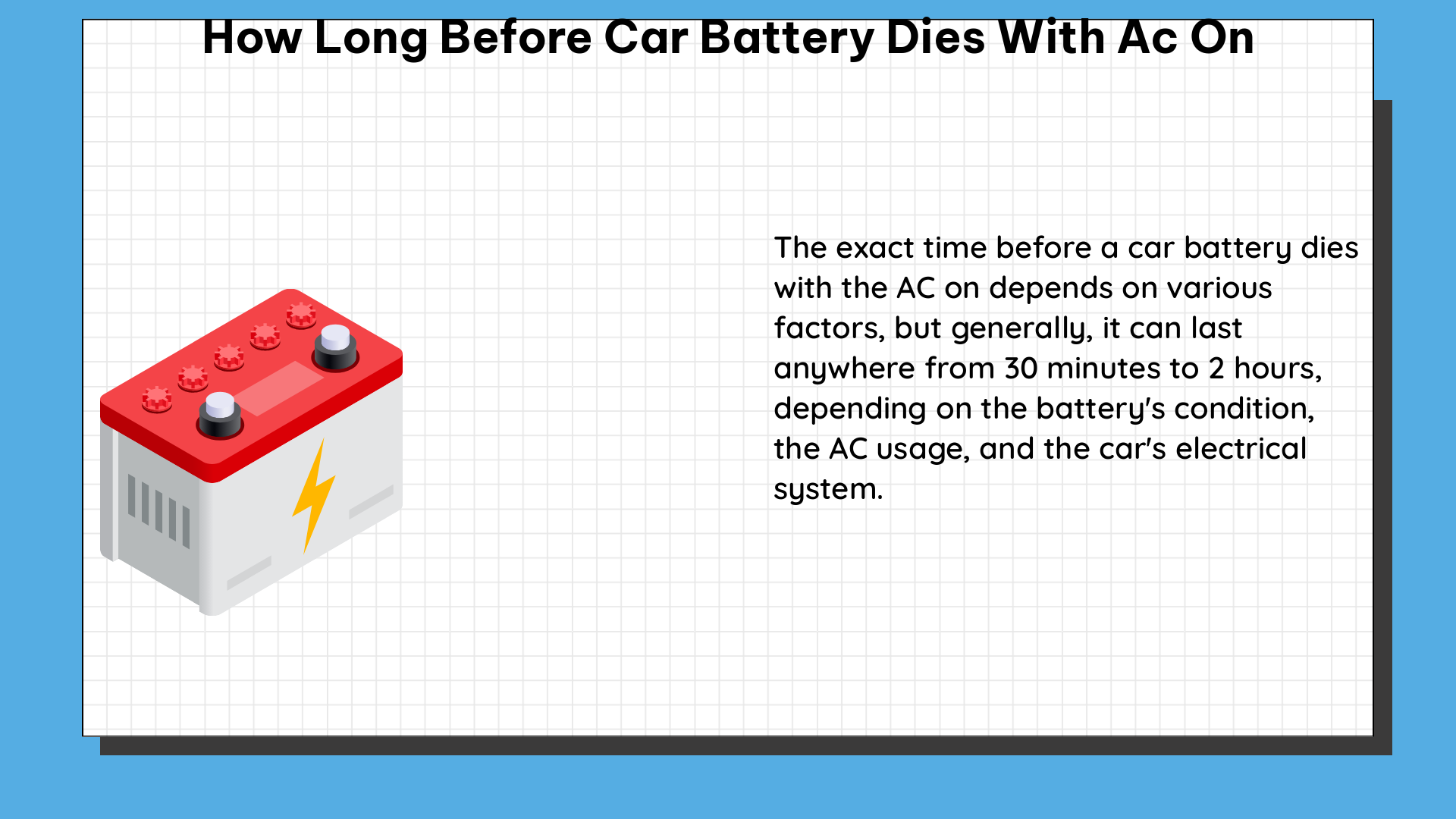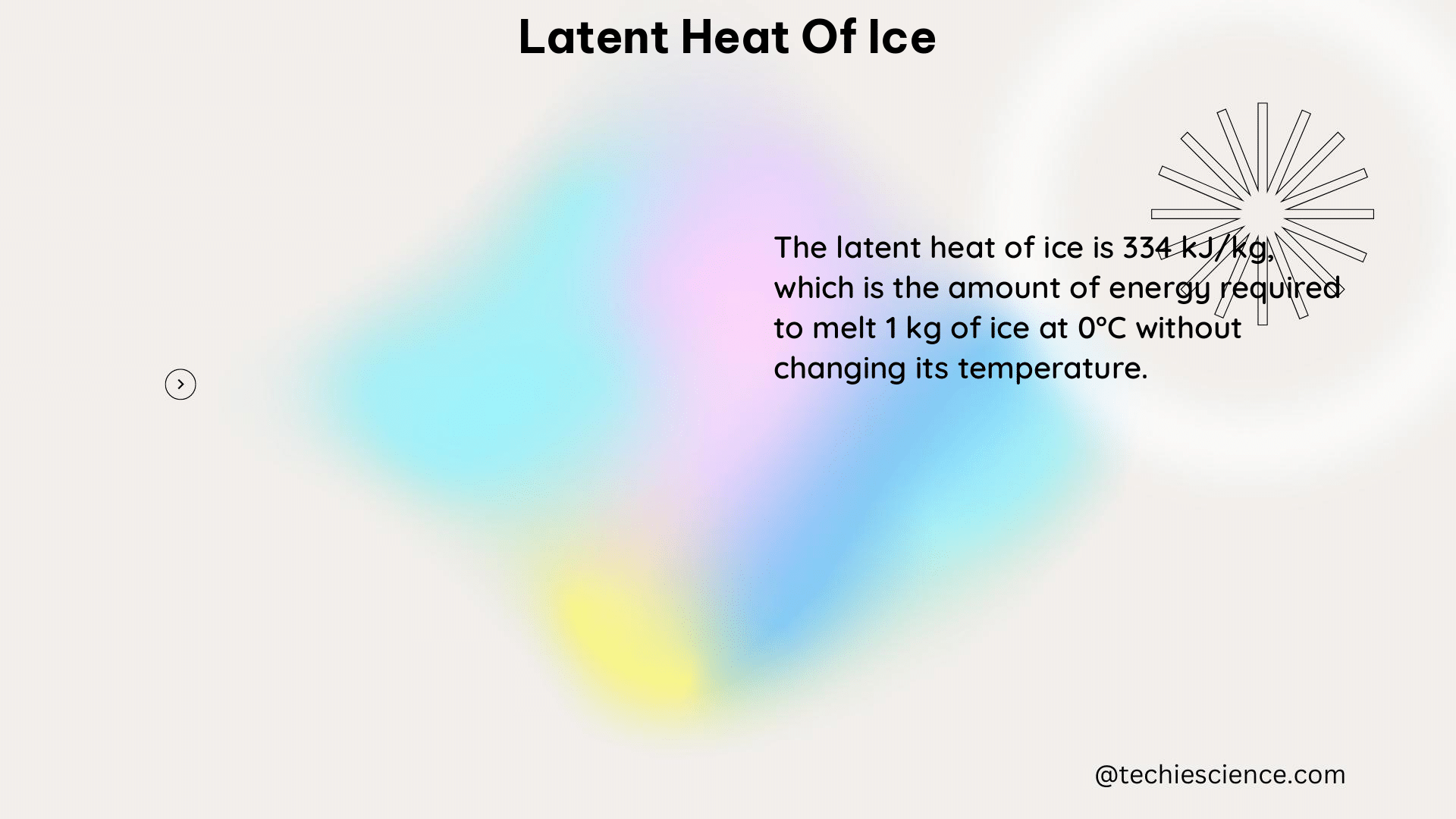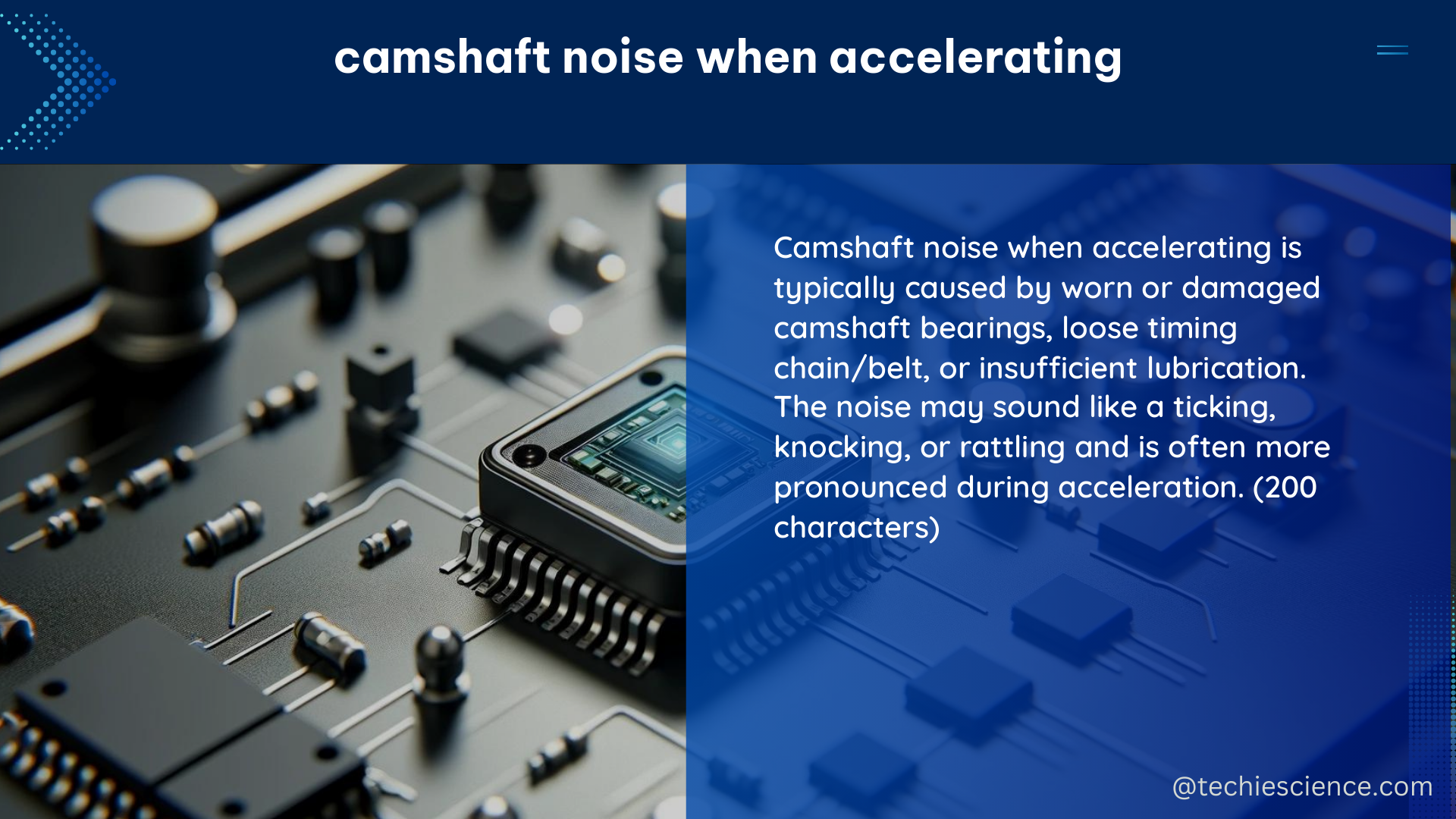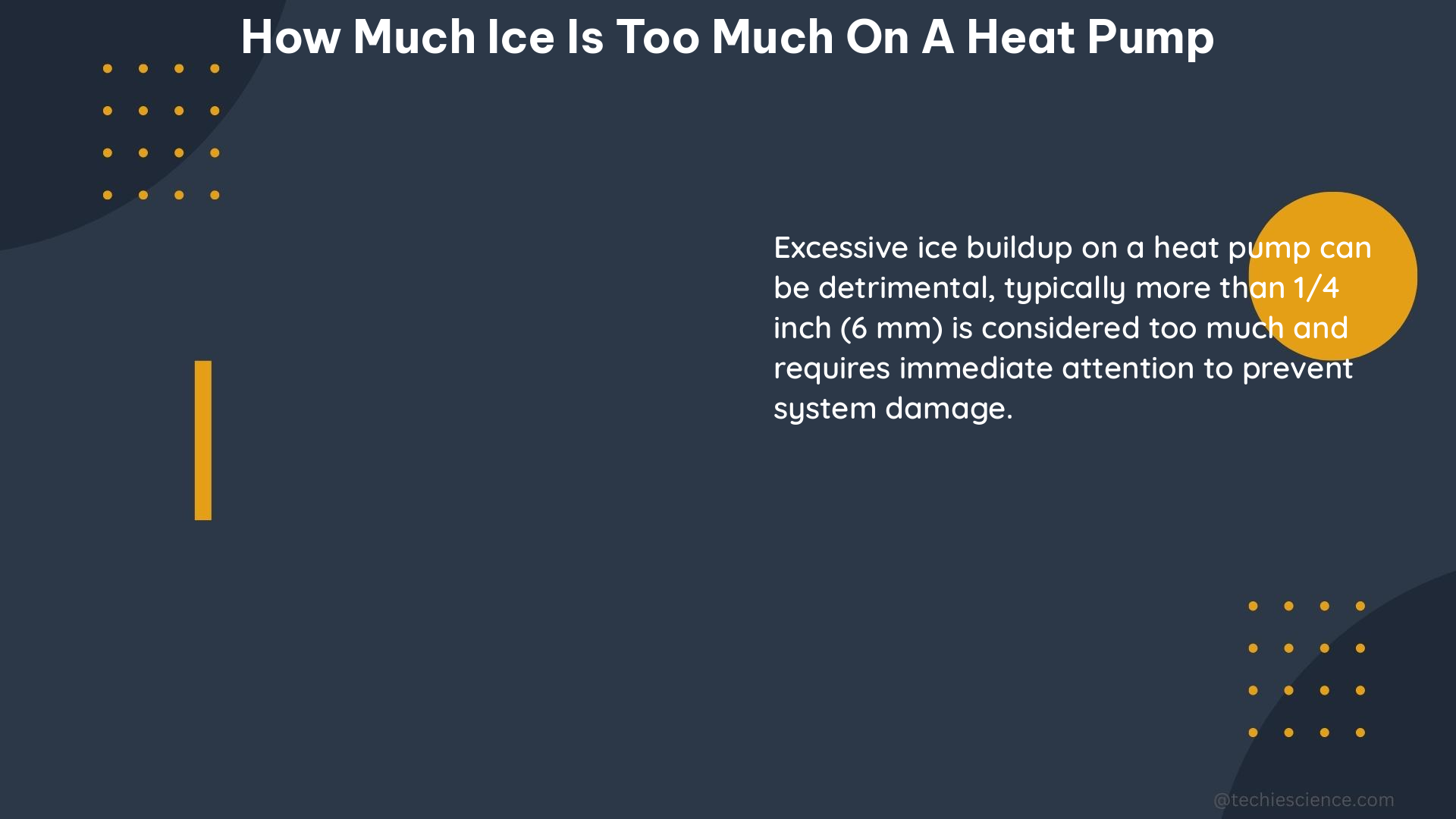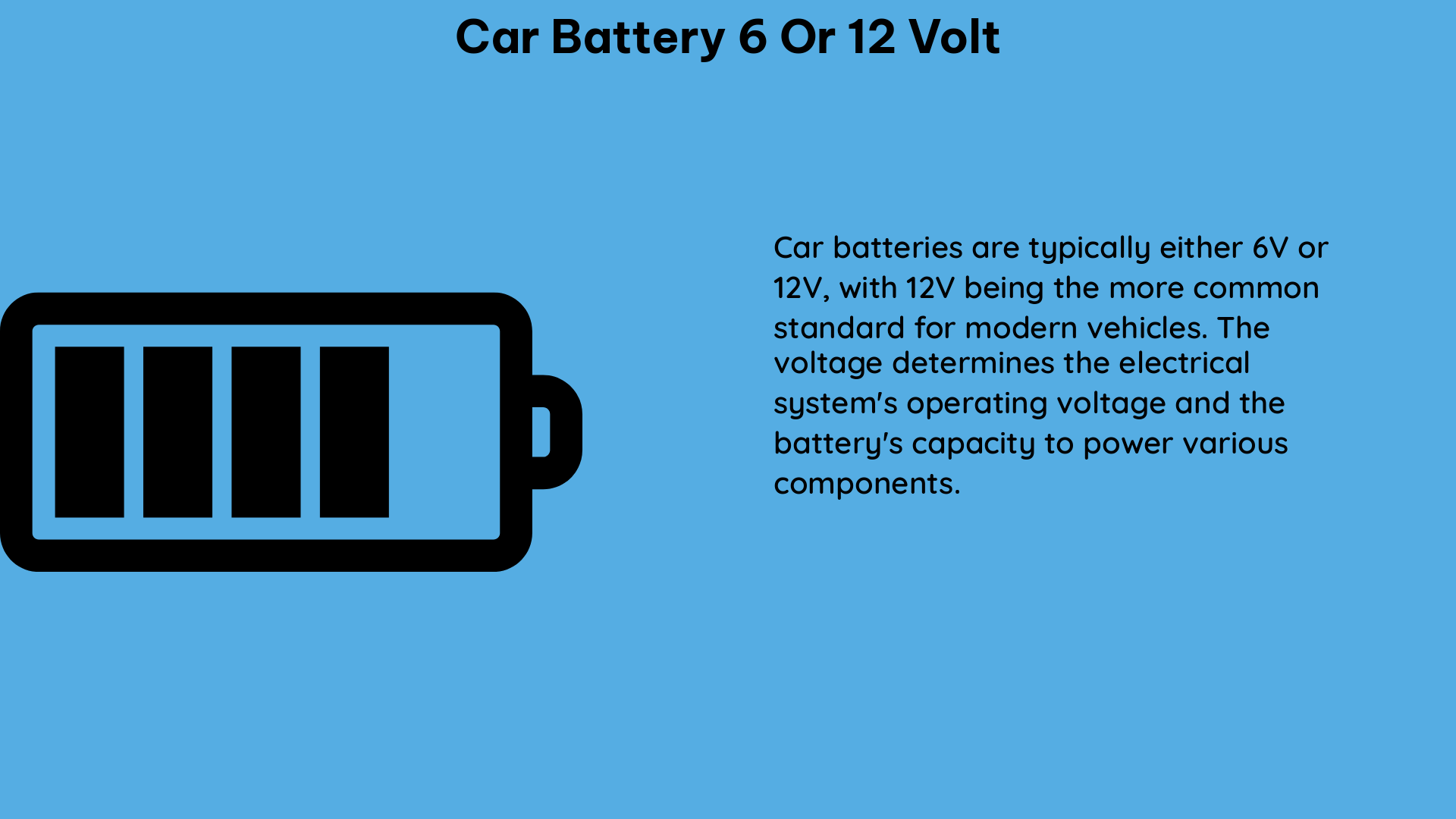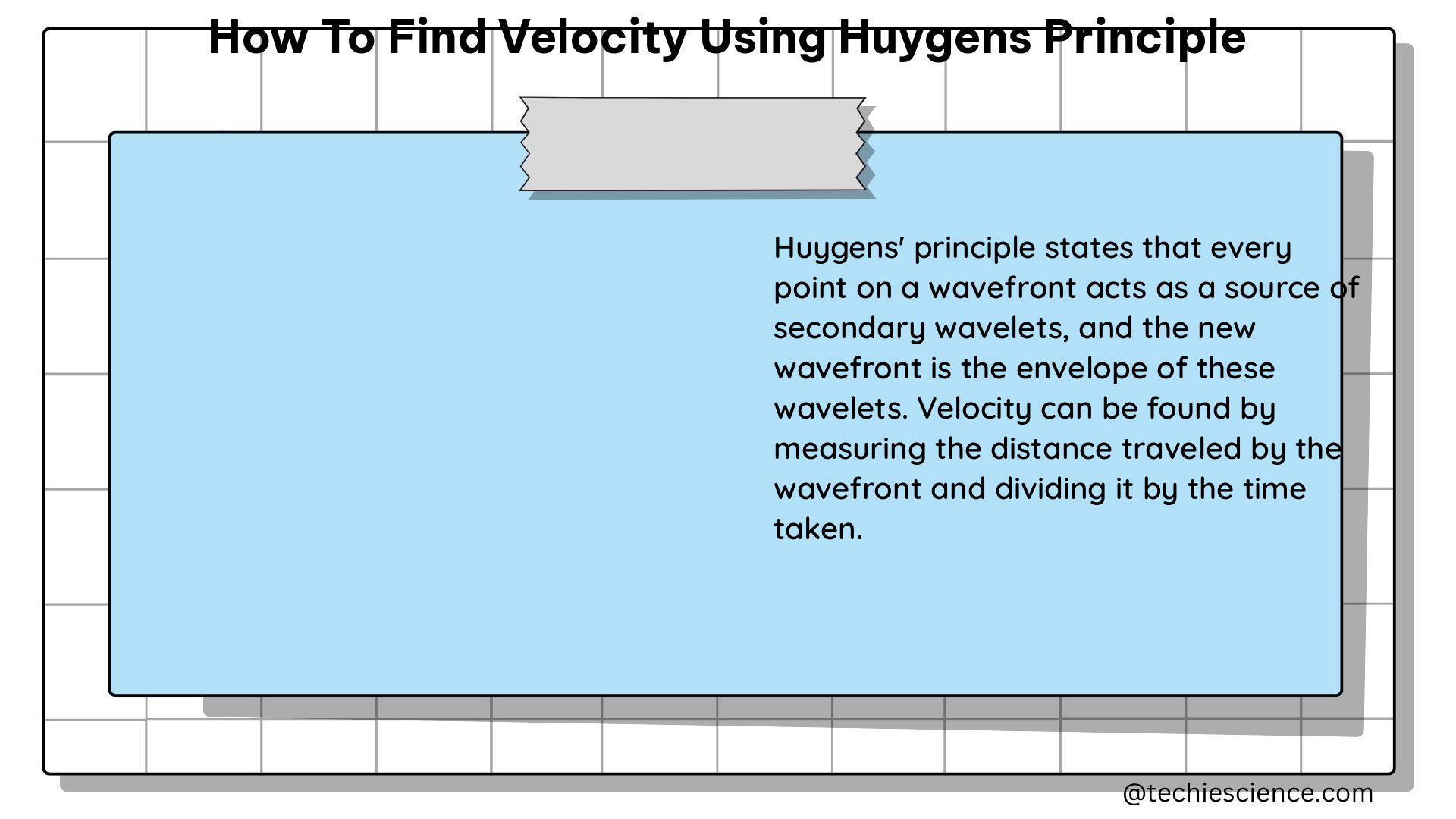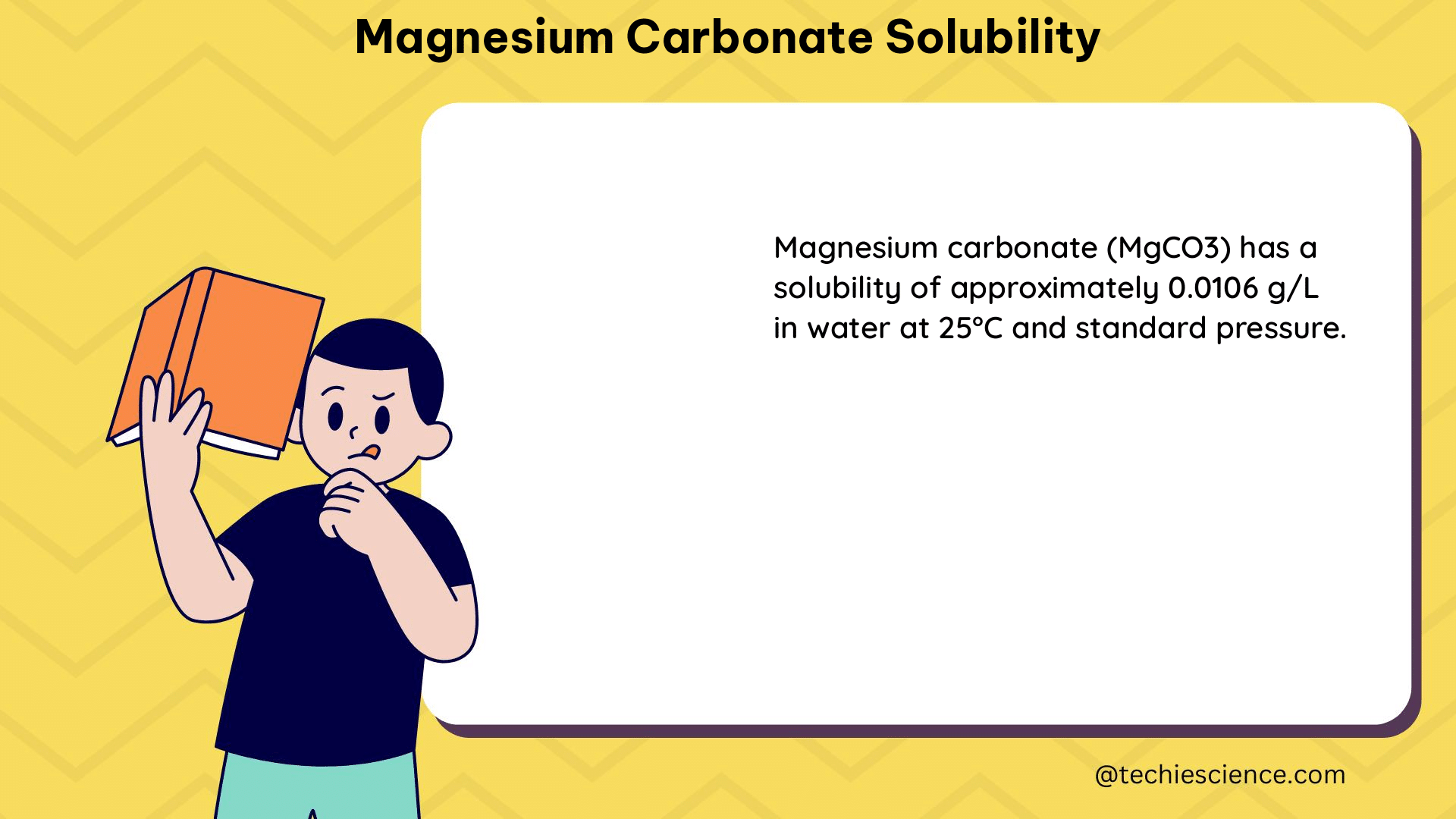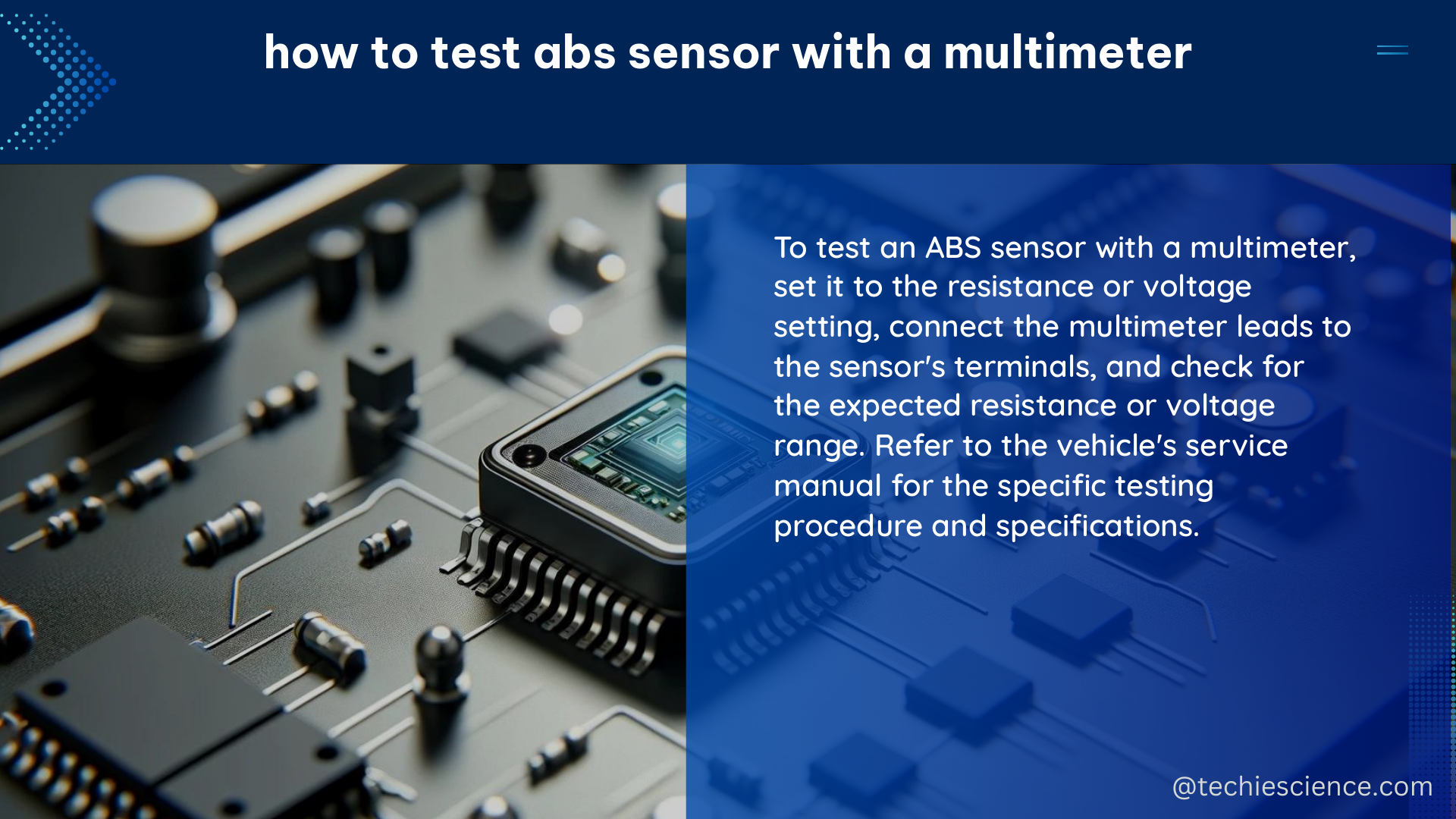When it comes to the operation of a heat pump, the presence of ice can be a critical factor that can significantly impact its efficiency and performance. Excessive ice buildup on a heat pump can lead to various issues, including reduced airflow, decreased heating capacity, and even potential damage to the unit. In this comprehensive guide, we will delve into the details of how much ice is too much on a heat pump, providing you with the necessary information to maintain your system effectively.
Understanding the Role of Ice on a Heat Pump
Heat pumps work by transferring heat from one location to another, typically from the outside air to the inside of a building. During the heating mode, the heat pump’s refrigerant absorbs heat from the outside air and transfers it indoors. However, when the outside air temperature drops below a certain threshold, typically around 40°F (4.4°C), the heat pump’s coils can start to accumulate frost or ice.
This ice buildup is a natural occurrence and is not necessarily a problem in itself. In fact, heat pumps are designed to handle a certain amount of ice accumulation. The heat pump’s defrost cycle is responsible for periodically melting the ice to maintain efficient operation.
Factors Influencing Ice Buildup on a Heat Pump

The amount of ice that can accumulate on a heat pump is influenced by several factors, including:
- Outdoor Temperature: The lower the outdoor temperature, the more likely it is for ice to build up on the heat pump’s coils.
- Humidity Levels: Higher humidity levels in the air can contribute to faster ice formation on the heat pump’s coils.
- Wind Speeds: Strong winds can increase the rate of ice buildup by enhancing the heat transfer process.
- Heat Pump Efficiency: Older or less efficient heat pumps may be more prone to excessive ice buildup compared to newer, more efficient models.
- Refrigerant Charge: An improper refrigerant charge can affect the heat pump’s ability to effectively melt ice during the defrost cycle.
Identifying Too Much Ice on a Heat Pump
Now, let’s address the critical question: how much ice is too much on a heat pump? Here are some key indicators to look for:
- Airflow Obstruction: If the ice buildup on the heat pump’s coils is so extensive that it significantly blocks the airflow, it is likely that there is too much ice present.
- Prolonged Frost Duration: If the frost on the heat pump’s coils persists for more than 2 hours, even after the defrost cycle has completed, it suggests that the ice buildup is excessive.
- Reduced Heating Capacity: If you notice a significant decrease in the heat pump’s ability to effectively heat your home, it could be a sign of excessive ice buildup.
- Unusual Noises: Strange noises, such as grinding or scraping sounds, may indicate that the ice buildup is causing mechanical issues within the heat pump.
Addressing Excessive Ice Buildup
If you suspect that your heat pump has too much ice, it’s essential to take immediate action to address the issue. Here are some steps you can take:
- Check the Defrost Cycle: Ensure that the heat pump’s defrost cycle is functioning correctly. This cycle is responsible for periodically melting the ice on the coils, and if it’s not working properly, it can lead to excessive ice buildup.
- Clean the Coils: Regularly cleaning the heat pump’s coils can help prevent excessive ice buildup. Use a soft-bristle brush or a coil cleaning solution to remove any debris or dirt that may be inhibiting the heat transfer process.
- Inspect the Refrigerant Charge: An improper refrigerant charge can affect the heat pump’s ability to effectively melt ice during the defrost cycle. Have a professional technician check and, if necessary, adjust the refrigerant charge.
- Consider Upgrading the Heat Pump: If your heat pump is older or less efficient, it may be more prone to excessive ice buildup. Upgrading to a newer, more efficient model can help mitigate this issue.
Preventive Measures to Avoid Excessive Ice Buildup
To proactively prevent excessive ice buildup on your heat pump, consider the following measures:
- Regular Maintenance: Schedule annual maintenance checks with a professional HVAC technician to ensure your heat pump is operating at its optimal efficiency.
- Insulate the Outdoor Unit: Proper insulation around the outdoor unit can help reduce the impact of cold outdoor temperatures and minimize ice buildup.
- Maintain Proper Airflow: Ensure that the area around the outdoor unit is clear of any obstructions, such as vegetation or debris, to maintain proper airflow.
- Monitor Weather Conditions: Pay attention to the outdoor temperature and humidity levels, and adjust your heat pump’s operation accordingly to minimize ice buildup.
By understanding the factors that contribute to excessive ice buildup and taking the necessary steps to address and prevent it, you can ensure your heat pump continues to operate efficiently and effectively, providing reliable heating for your home.
